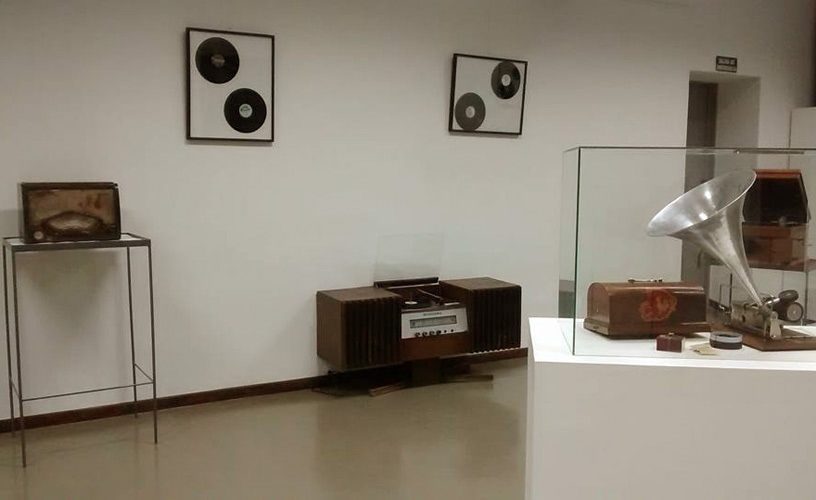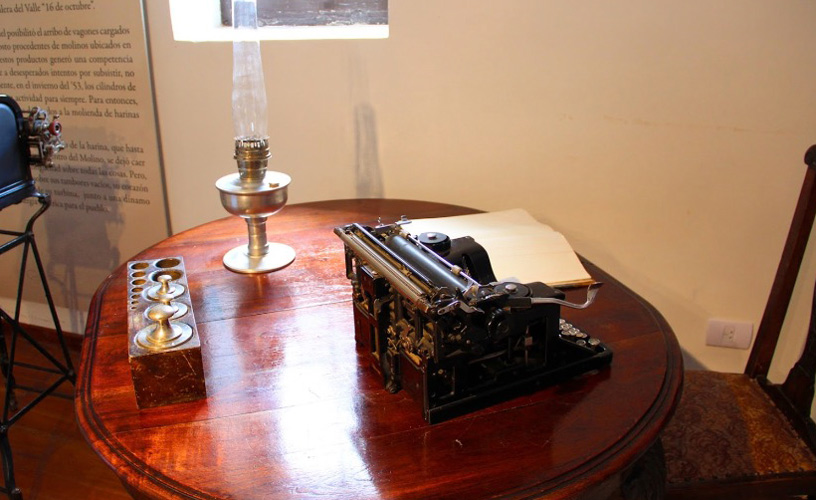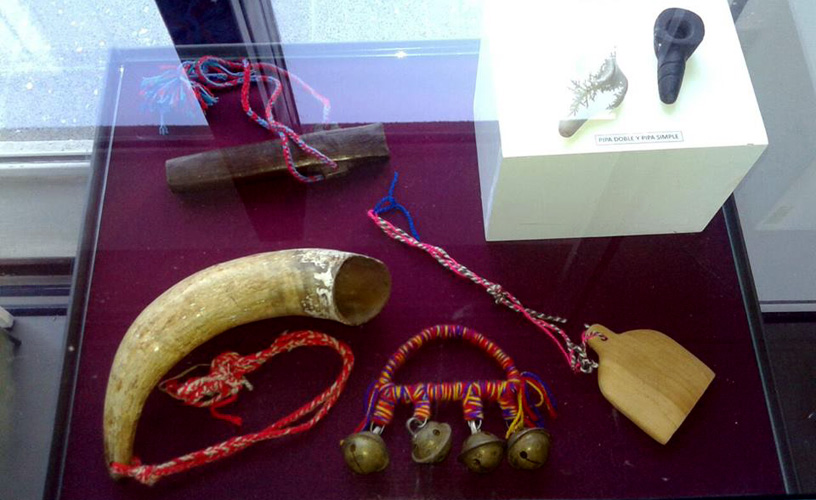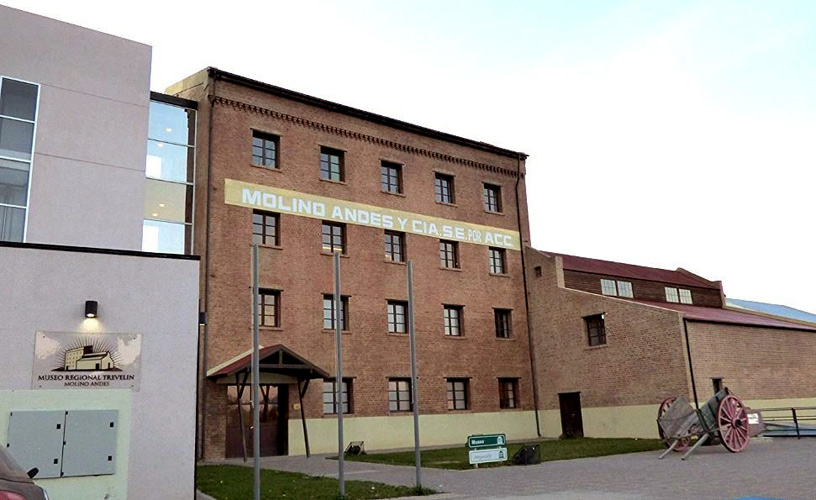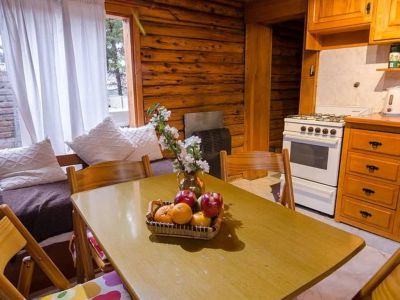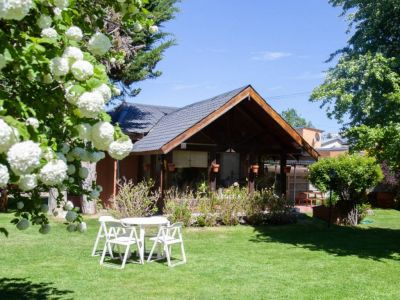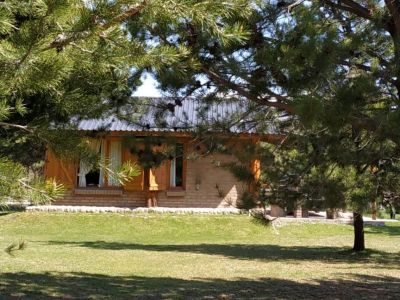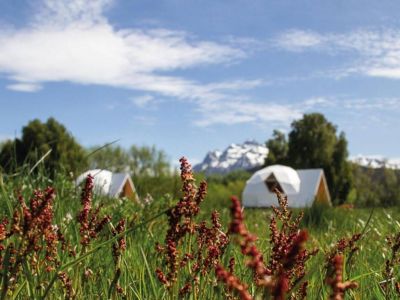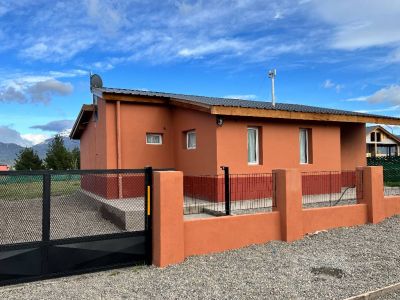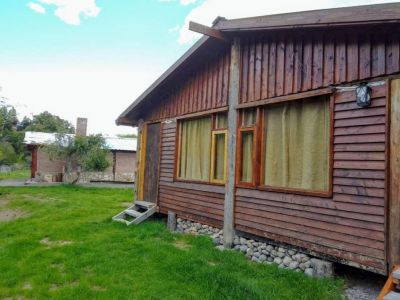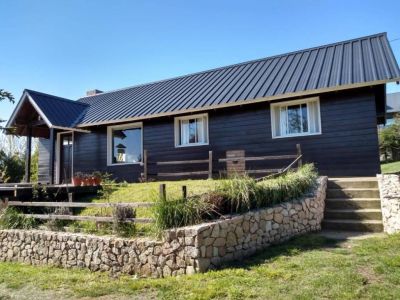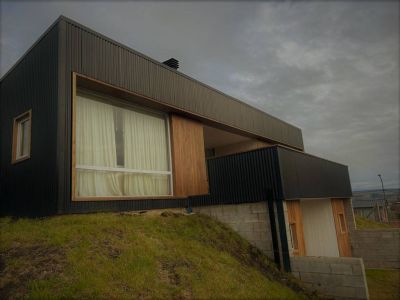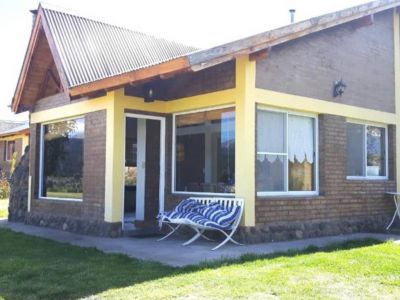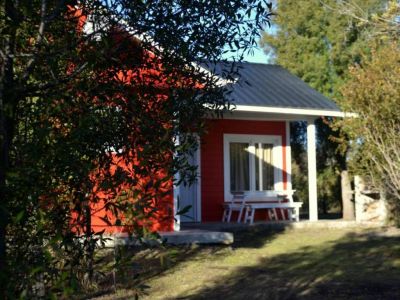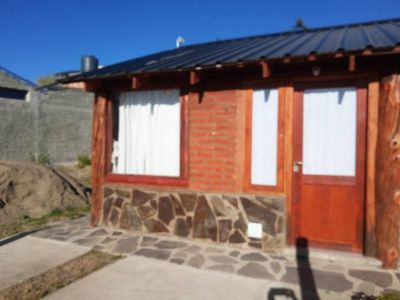The Regional Museum Reveals the Welsh Past
Within the historical shell, one museum offers the chance to understand how the Welsh founders settled down in Trevelin.
As soon as we arrived in Trevelin, we wondered about the origins of that town founded by Welsh immigrants who resolved to move to faraway lands dragging their traditions and customs. The Regional Museum was the space chosen by the community to show their history. The Welsh arrived in Argentinian soil between the late nineteenth and the mid twentieth century. They landed on the Patagonian seashores of the lower valley of the Chubut River. They founded the town of Rawson on the northern bank. Years later, some of them resolved to continue their journey towards the west and reached the territory they came to call Colonia 16 de Octubre (October 16th Colony). The material displayed in the museum rooms recreates the lifestyle of the Welsh, the feeling of being uprooted and their new life in an unknown nook in Argentina. The need to continue their tradition, keep their mother tongue and add their eagerness for work caused their organization to be closed. Thus, they fostered their destiny in a wild still unspoiled land.
Mónica Pons
Gentileza del Museo Regional de Trevelin
Te. +54 (02945) 480545
